Read next
The latest news, updates and expert views for ambitious, high-achieving and purpose-driven homeowners and property entrepreneurs.


This guide will take you step-by-step through the process of finding and appointing a Principal Designer to help you on your property development project.
It not only shows you how to find and appoint a Principal Designer, it also explains the principal designer competence, principal designer appointment and how a good Principal Designer can add value to your project and why. You'll get great examples of principal designer roles and an explanation of why they are so crucial for any construction project.
Let’s jump right in...
Our clients often ask us how they can achieve an excellent property development experience and one of the most frequently asked questions we get asked is, who can be a Principal Designer?
A Principal Designer is an individual or a firm (usually an architecture practice) that you appoint to take the lead in various tasks during the pre-construction stage of a project.
These decisions taken during this pre-construction phase are key to ensuring a project is delivered in a way that safeguards the health and safety (H&S) of everyone affected by the work. As such, principal designers are an essential legal requirement on projects involving more than one contractor.
Some of their tasks involve:
It's worth mentioning that 'principal designer' is perhaps a slightly misleading title - it describes either a person or organisation in control over the pre-construction phase. Indeed, the Construction (Design and Management) Regulations 2015 - CDM - define them as:
“designer” means any person (including a client, contractor or other person referred to in these Regulations) who in the course or furtherance of a business—
(a) prepares or modifies a design; or
(b) arranges for, or instructs, any person under their control to do so.
Most importantly, they must have the relevant skills, knowledge and experience in health and safety matters. Make no mistake about it!
Needless to say, if the Principal Designer is an organisation, they must demonstrate that they have the organisational capability and background to meet all the requirements of the role. However, it's important to note that a Principal Designer rarely does architectural design work on a project, but rather designs the health and safety aspects.
Any project involving more than one contractor requires a Principal Designer, who should be appointed by the client in writing.
This way, the Principal Designer can coordinate, control and monitor the pre-construction work processes, and should ideally be appointed as early as possible to have the greatest degree of control over and knowledge about a particular project.
In general, although the majority of their work is done prior to construction, it is a wise idea for them to stay on during the construction and liaise with the Principal Contractor whose role is very closely linked to the Principal Designer's in terms of ensuring risks are managed throughout the design process.
The point of this, again, is to ensure that the work adheres to the national standards expected in this area.
Under the CDM Regulations, which came into force on 6 April 2015, the Principal Designer is required to establish a basic 'bedrock' of Health and Safety practices throughout a project. This is then integrated into the broader concept of project management, from concept to completion. As you might expect, decisions taken during this design and construction phase can have a real effect on how H&S-compliant a project is when it is finished.
Here’s the most important part: If you haven't engaged a Principal Designer in writing, you as the client may be legally responsible for Health and Safety in relation to your project. It will be your responsibility to ensure that the duties and procedures set out in the CDM regulations are carried out. You may also be required to give an account of your actions, should there ever be an investigation relating to an accident during either construction or future maintenance of the building.
Not automatically.
This is important to understand in terms of managing client expectations and team workloads. A Principal Designer is someone with the right skills, knowledge and experience in H&S management, and therefore doesn't have to be an architect. Indeed, on larger projects with greater complexities, Principal Designer services and architectural services are often carried out by separate firms, with the Principal Designer supporting your chosen architect.
For smaller projects, however, it is often more cost-effective to have a combined service from a single practice, provided they have the appropriate level of skills, knowledge and experience. Therefore, if you want your architect to do this Principal Designer work on your project, then you must specifically appoint them to do so - it does not fall under an architect's 'general responsibilities'.
The level of a Principal Designer's skills, knowledge and expertise (SKE) should be proportionate to the complexity of the project, and the range and nature of the risks involved. To this end, they must be able to prove that they have appropriate principal designer competence and expertise in this area. This will involve having:
Examples of demonstrating skills, knowledge and experience might involve:
The Principal Designer’s appointment should include any design work that continues into the construction phase, and any design issues needing modification that arise during.
Our opinion is that a Principal Designer should be in place for as long as there is a need for them, but when the Principal Designer's appointment finishes before the end of the project, they must brief the Principal Contractor fully on matters relevant to any subsequent construction work, and should also pass the health and safety file on to them. This ensures that standards are maintained throughout the handover to the end of the project.
There is a lot of preparatory work involved in designing good health and safety measures into the pre-construction, construction and post-construction phases.
During the earliest phase, the Principal Designer is in charge of coordinating the other designers' H&S measures. They will provide new H&S-relevant information to designers as it becomes available, and will also consider how the risks in the various sections of the project interact, and will ensure that they are mitigated appropriately.
A key part of this process is team design meetings, as they:
Once the information is prepared in conjunction with the team, regular design meetings with clients throughout the pre-construction phase are useful to do the following:
It all comes down to this: Good, fluid, effective communication between the designers, client and contractors is the most important part of a Principal Designer's job.
If you have a property project that you want to see results from, come to us to get the advice you need and make the process simpler, easier and quicker. Our team of experts can assist you through the Principal Design process and make sure you get the most out of your property, whatever you want to do with it!
If you have any further questions about how Principal Designers work in London, call us on 020 3793 78 78. We'd be happy to help.

Robin Callister BA(Hons), Dip.Arch, MA, ARB, RIBA is our Creative Director and Senior Architect, guiding the architectural team with the insight and expertise gained from over 20 years of experience. Every architectural project at our practice is overseen by Robin, ensuring you’re in the safest of hands.
We look forward to learning how we can help you. Simply fill in the form below and someone on our team will respond to you at the earliest opportunity.
The latest news, updates and expert views for ambitious, high-achieving and purpose-driven homeowners and property entrepreneurs.
The latest news, updates and expert views for ambitious, high-achieving and purpose-driven homeowners and property entrepreneurs.
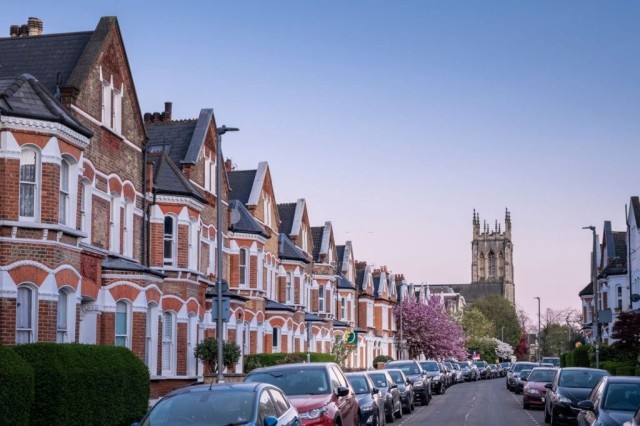
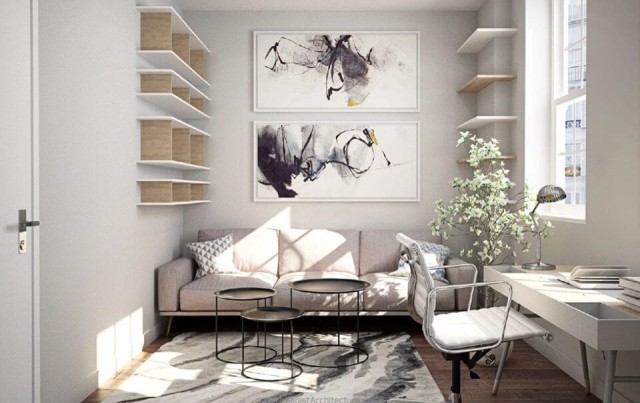
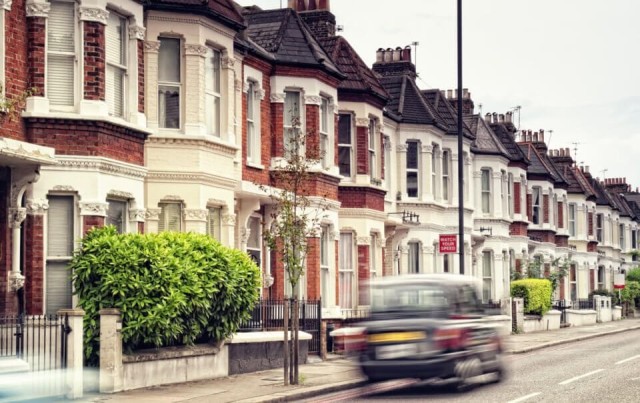
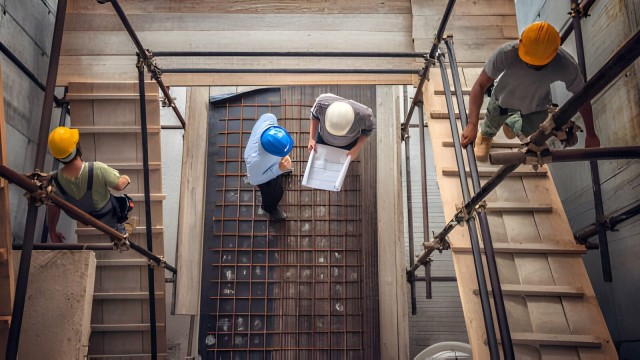
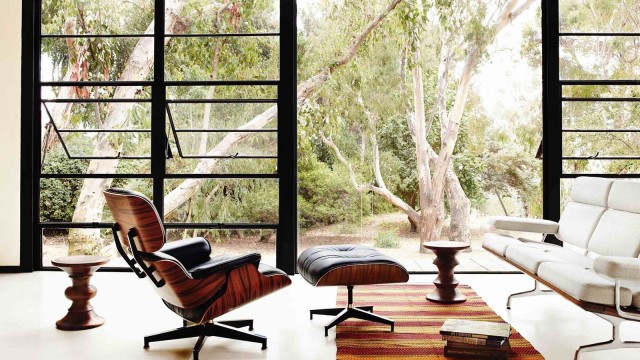
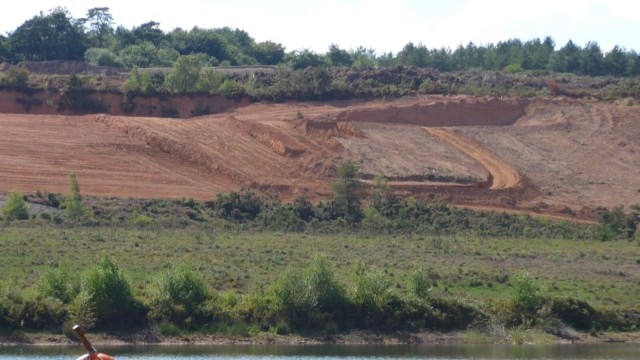
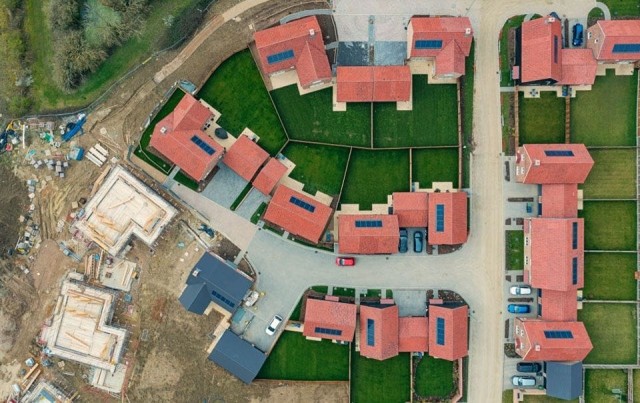
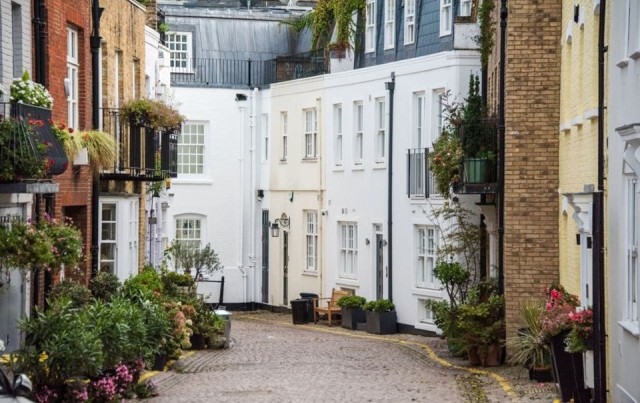
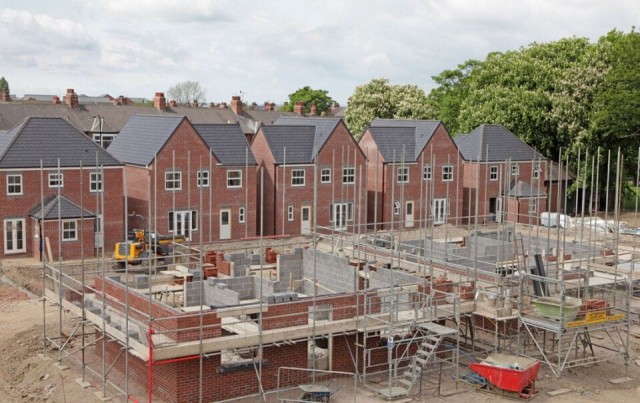
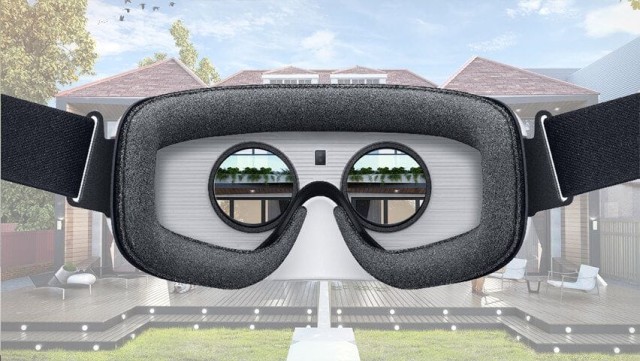
We specialise in crafting creative design and planning strategies to unlock the hidden potential of developments, secure planning permission and deliver imaginative projects on tricky sites
Write us a message